Doctors and advocates have recently argued that parents are increasingly willing to bring a pregnancy to term after a positive test for Down syndrome. They explain this change, in part, as the result of the landmark Americans with Disabilities Act (ADA), which Congress enacted to fight employment discrimination and enhance access to public accommodations. What they fail to appreciate is that these legal protections have not always brought with them the anticipated acceptance of having a child with disabilities.
A study we published in 2009 reveals a staggering 25 percent decline in Down syndrome birthrates nationwide after the first President Bush signed the ADA into law. Controlling for medical, demographic, and technological variables from maternal age and marital status to abortion access and prenatal care, we found that about 15 fewer children per 100,000 were born with Down syndrome in the years after the law was passed, even as prenatal testing rates remained constant. It is true that newer methods like the "quad screen" are less intrusive than amniocentesis and more accurate than chorionic villa sampling in identifying fetal abnormalities. Yet our analysis shows the absence of any clear correlation between the quality or availability of prenatal screening and the incidence of Down syndrome births. The question remains: Why would fewer children be brought into the world just as they are being afforded greater opportunities in life?
Part of the explanation lies in the unexpected messages that civil rights legislation can convey -- through salient media and popular culture -- to people vaguely familiar with the law or unaware it even exists. These "expressive externalities" arise from public reaction to the unforeseen costs of implementing laws like the ADA. Negative newspaper and television reports seeking to justify new disability protections, or bemoaning the cost of their implementation, can reinforce the anxiety that parents describe as they await genetic test results during pregnancy. They read over breakfast the recent report of local efforts to bar a boy with Down syndrome from playing on a high school basketball team. Or they watch on the evening news this story about another teen with Down syndrome who was kicked off a plane. Accounts like these underscore the power of expressive externalities to shore up ascriptions of blame for having a child with known disabilities.
Implicit association testing strongly suggests that the enduring derision of people with disabilities (and Down syndrome in particular) has seeped pervasively into the public consciousness. The encouraging takeaway from this research is that prevailing biases can be dislodged through exposure to more accurate information about people with disabilities. Even sitcoms can educate us. Take a single TV network like Fox. Uplifting depictions on Glee have the power to counteract a demeaning portrayal on Family Guy. We should not close our eyes to these larger social forces that lie behind the natural fears about raising a child with Down syndrome.
Parents have every right to know what to expect when they are expecting. Yet social norms can scare us into thinking the only "responsible" decision is to prevent the existence of the very class of people in need of the law's protection. We the People reaffirmed in 2008 our commitment to the civil rights of people with disabilities. Now we must address the bad social meanings that can follow good laws. The weight of empirical evidence makes clear the need for stronger efforts to offset the distorted public understandings of people with disabilities that persist.